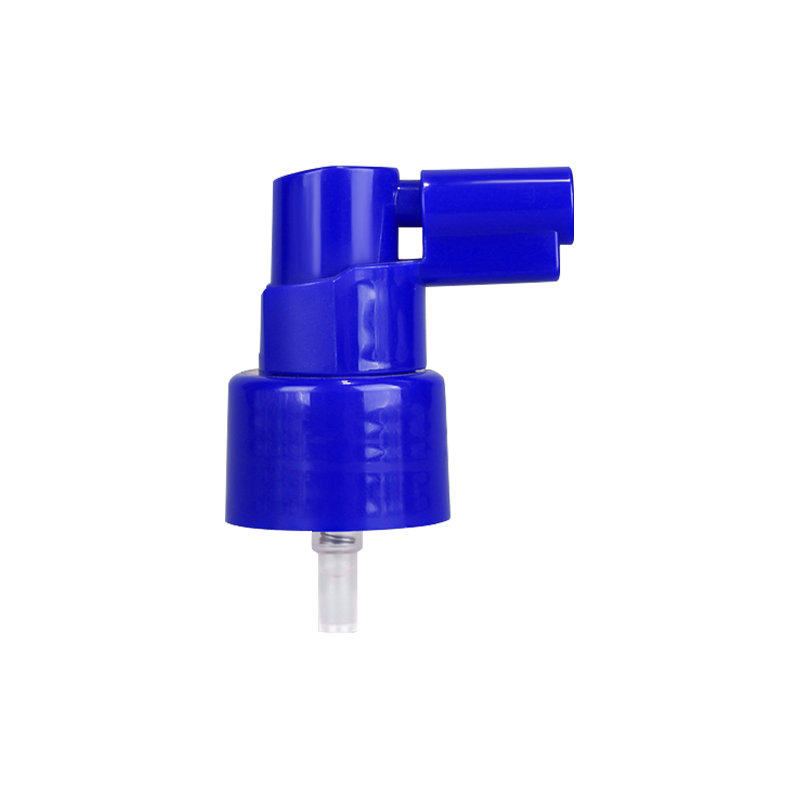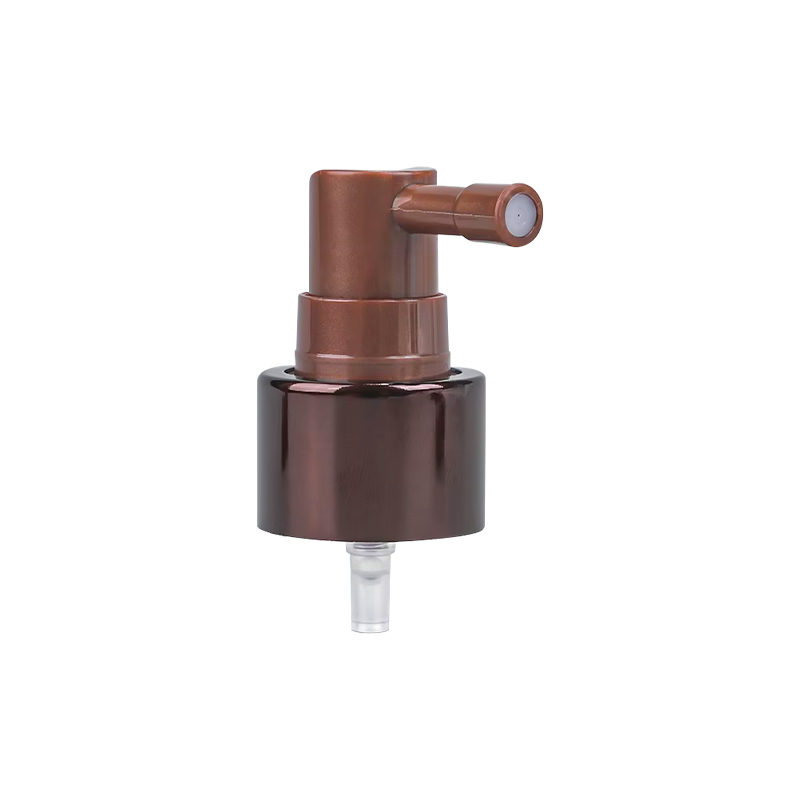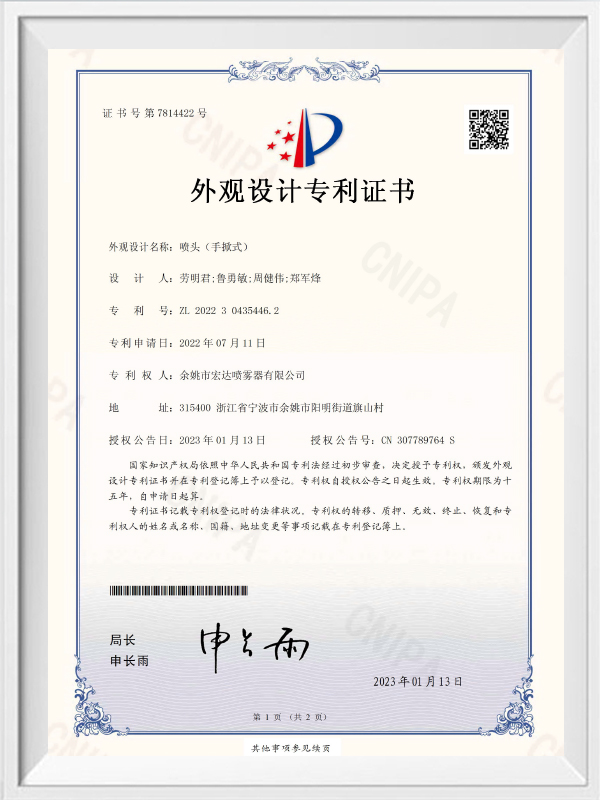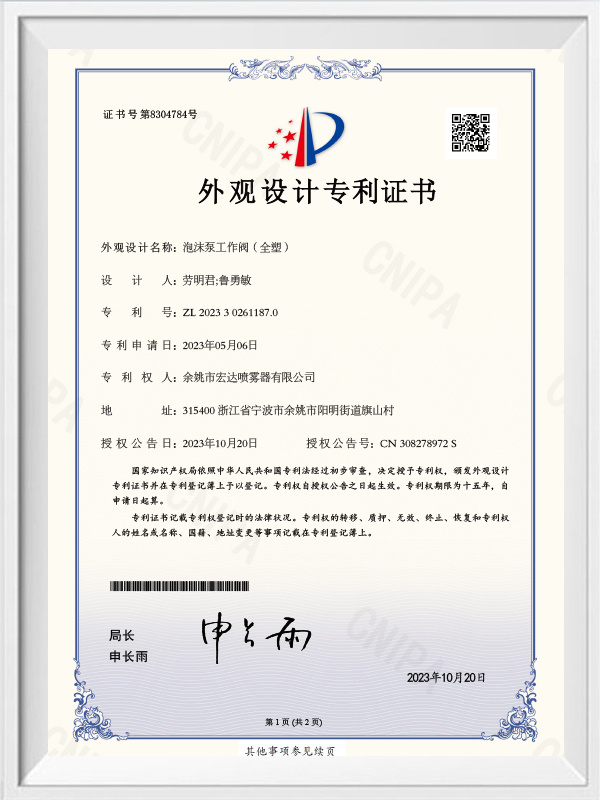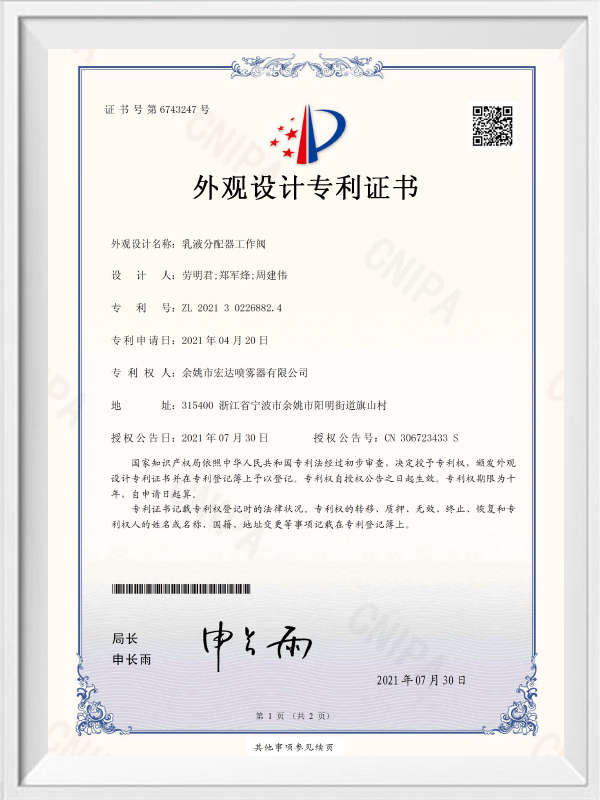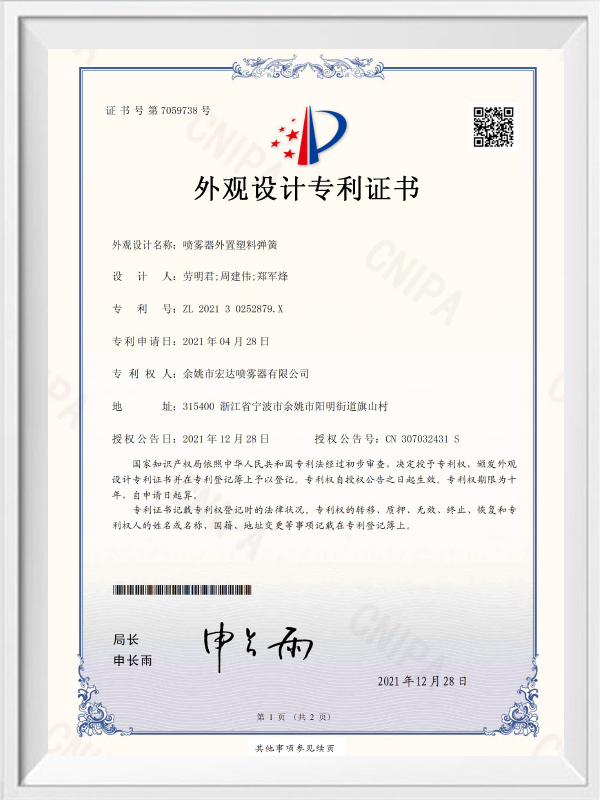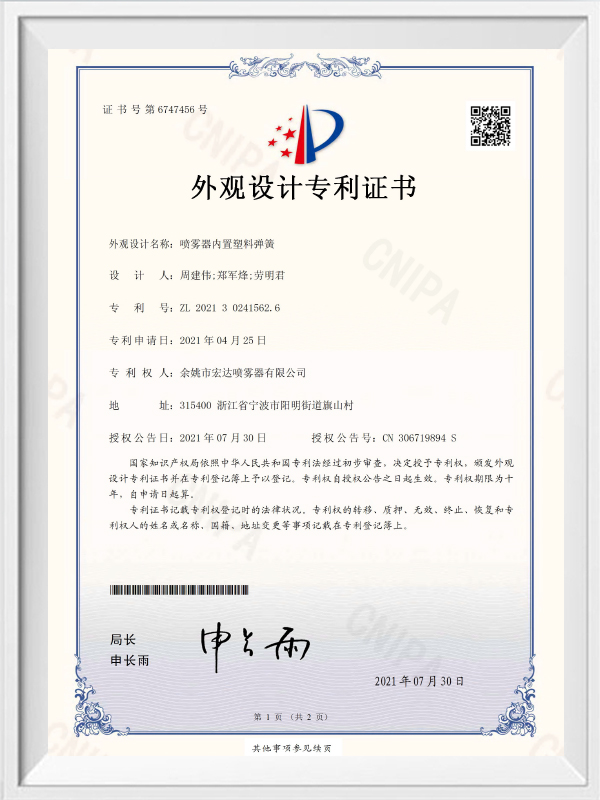What Design Features Make the Nasal Mist Sprayer Suitable for Both Medical and Personal Care Use?
The design of the applicator nozzle is arguably one of the most critical elements that defines whether a
Nasal Mist Sprayer can serve both medical and personal care purposes effectively. In the medical field, precision is paramount. The nozzle must direct the mist into the nasal cavity in such a way that it maximizes surface area coverage of the mucous membranes, ensuring rapid and efficient absorption of active pharmaceutical ingredients (APIs). The mist must be fine enough to reach deep into the nasal passage but not so forceful that it causes discomfort or irritation. The nozzle should also prevent any liquid from dripping or leaking during use, which could reduce the effectiveness of the medication and lead to improper dosage. Consumers prefer a gentle spray with a wider mist pattern, soft actuation, and a non-medical aesthetic. The Nasal Mist Sprayer must strike a balance between functionality and comfort, offering a pleasant and reliable experience each time it is used. This requires an actuator design that can be adapted for multiple formulations—some more watery and others slightly viscous. Zhejiang EAED Technology Development Co., Ltd., formerly known as Yuyao Hongda Sprayer Co., Ltd., brings extensive experience to the development of versatile nasal applicators. As one of the leading China Nasal Mist Sprayer Manufacturers and Suppliers, EAED crafts sprayer nozzles that accommodate both medical and cosmetic standards. Strategically located in Yuyao near the global ports of Shanghai and Ningbo, EAED ensures fast, consistent delivery while applying advanced molding and injection techniques to create versatile, adaptive nozzles suitable for a wide range of formulations and application techniques.
User comfort plays a crucial role in determining product usability and consumer satisfaction, whether in medical or personal care use. Ergonomic design in Nasal Mist Sprayers considers multiple factors, including how the device fits in the hand, the ease of actuation, and how comfortably the nozzle aligns with the contours of the human nose. For medical applications, especially when dealing with elderly patients, children, or people with dexterity limitations, a poorly designed sprayer can discourage consistent use. If the spray angle is awkward, the pressure too high, or the size difficult to handle, patients may skip doses, reducing treatment effectiveness. An ergonomically designed sprayer includes a well-proportioned actuator that requires minimal force to press. The grip should be non-slip and easy to hold, even for those with small hands or weakened grip strength. The nozzle should also feature a contour that aligns with the nasal entry point without discomfort, ensuring that users don’t experience abrasions or resistance during insertion. These features contribute to a safer, more pleasant experience that encourages repeated and correct usage. In personal care applications, comfort often overlaps with perceived luxury. Consumers expect a premium feel when using hydrating mists or aromatherapy nasal sprays. Aesthetically pleasing curves, soft-touch materials, and smoothly functioning actuator mechanisms all contribute to product perception and brand loyalty. Zhejiang EAED Technology Development Co., Ltd. integrates these ergonomic principles into every Nasal Mist Sprayer it develops. As a distinguished China Nasal Mist Sprayer Manufacturer and Supplier, EAED collaborates closely with brand partners to develop designs that are both functional and elegant. Their design process emphasizes hand feel, actuation force calibration, and nasal fit—ensuring comfort whether the sprayer is used in a clinical environment or in a luxury wellness product.
One of the primary technical challenges in sprayer design lies in its ability to handle different liquid viscosities and sensitive formulations. Nasal medications, such as corticosteroids, antihistamines, or decongestants, can vary in consistency and chemical reactivity. Similarly, personal care formulations—such as saline solutions, herbal blends, or essential oils—may include suspended particles or be thicker than water. A Nasal Mist Sprayer that is not equipped to handle these variations will suffer from nozzle blockages, inconsistent dosing, or even material degradation over time. The internal pumping system must be engineered to accommodate a range of fluid densities. This involves selecting the correct spring tension, valve structure, and dip tube dimensions to maintain consistent spray output. It’s important that the nozzle does not atomize sensitive ingredients too aggressively, as this may denature active components or cause irritation when applied. The sprayer should also be designed to minimize residual fluid, maximizing the usable content of the bottle. In addition to mechanical design, material compatibility is essential. Certain polymers react adversely with alcohol-based or acidic ingredients. Selecting chemically inert materials ensures that the formulation remains stable over time and prevents leaching or unwanted chemical reactions. In medical applications, sterility and non-reactivity are paramount, while in personal care, prolonged shelf stability without preservatives is often desired. Zhejiang EAED Technology Development Co., Ltd., with its advanced R&D capabilities and technical engineering team, addresses these formulation-related challenges head-on. As one of the top China Nasal Mist Sprayer Manufacturers and Suppliers, EAED conducts extensive testing with a wide array of liquids to ensure compatibility. Each pump system is validated for output consistency across different viscosities and ingredient compositions. EAED’s innovative approach ensures that their Nasal Mist Sprayers are equally effective in delivering pharmaceuticals and cosmetic treatments without compromising performance or safety.
Material selection is one of the cornerstones of both safety and performance when it comes to Nasal Mist Sprayers, particularly for medical and personal care applications. The materials used in manufacturing the sprayer must meet stringent health and safety standards to ensure they do not harm the user or compromise the formulation. In medical applications, the materials must adhere to regulatory standards such as the FDA’s 21 CFR (Code of Federal Regulations) or ISO 10993, which ensure that the components are biocompatible, non-toxic, and free from harmful substances like phthalates and BPA. These regulations are crucial to protect patients who may be using the sprayer for daily or long-term treatments. In personal care applications, while the standards may differ slightly, safety remains a top priority. Consumers today are more concerned with the presence of harmful chemicals in personal care products, particularly those that are applied to sensitive areas like the nasal passages. BPA-free plastics, phthalate-free materials, and recyclable options are essential for both ethical and practical reasons. The materials should be sturdy enough to withstand frequent use without degrading over time, and they must be resistant to chemical leaching, even if exposed to heat or UV light. Zhejiang EAED Technology Development Co., Ltd., a leading China Nasal Mist Sprayer Manufacturer and Supplier, ensures compliance with international safety standards and environmental regulations. EAED’s design and manufacturing processes prioritize the use of high-quality, non-toxic materials, and all products are tested rigorously for safety and durability. The company is committed to transparency in its supply chain, providing full documentation and traceability for each batch produced. With its manufacturing base in Yuyao, EAED ensures that its sprayers meet both global and local safety certifications, supporting brand partners worldwide in maintaining high-quality, safe nasal products.
Hygiene is a critical aspect of Nasal Mist Sprayer design, particularly for medical applications where contamination can compromise the treatment and even lead to infections. Contamination risks can arise from multiple sources, including external exposure to bacteria, air, or moisture during use, as well as from the sprayer itself if the internal components are not sealed or protected properly. A Nasal Mist Sprayer must, therefore, incorporate design elements that minimize these risks, particularly in medical devices used by patients who are vulnerable to infection. One key feature in this regard is the use of airless pumps or one-way valve systems. These mechanisms ensure that the liquid inside the bottle is protected from external contaminants, reducing the likelihood of microbial growth or product degradation. Airless systems also prevent oxidation of the product, which can degrade active ingredients and reduce the product’s efficacy. Tamper-evident seals, childproof caps, and self-closing valves provide additional layers of protection, ensuring that the sprayer remains hygienic and safe from contamination over time. Zhejiang EAED Technology Development Co., Ltd. incorporates these critical hygiene and anti-contamination features in all of its Nasal Mist Sprayers. As a renowned China Nasal Mist Sprayer Manufacturer and Supplier, EAED focuses on creating products that promote user safety and product integrity. By using airless pump systems, non-reactive materials, and highly reliable sealing mechanisms, EAED ensures that its sprayers remain hygienic and suitable for long-term use. EAED’s commitment to rigorous quality testing in clean room environments helps mitigate the risk of contamination and enhances the overall safety of their products.

 English
English русский
русский Français
Français Español
Español italiano
italiano